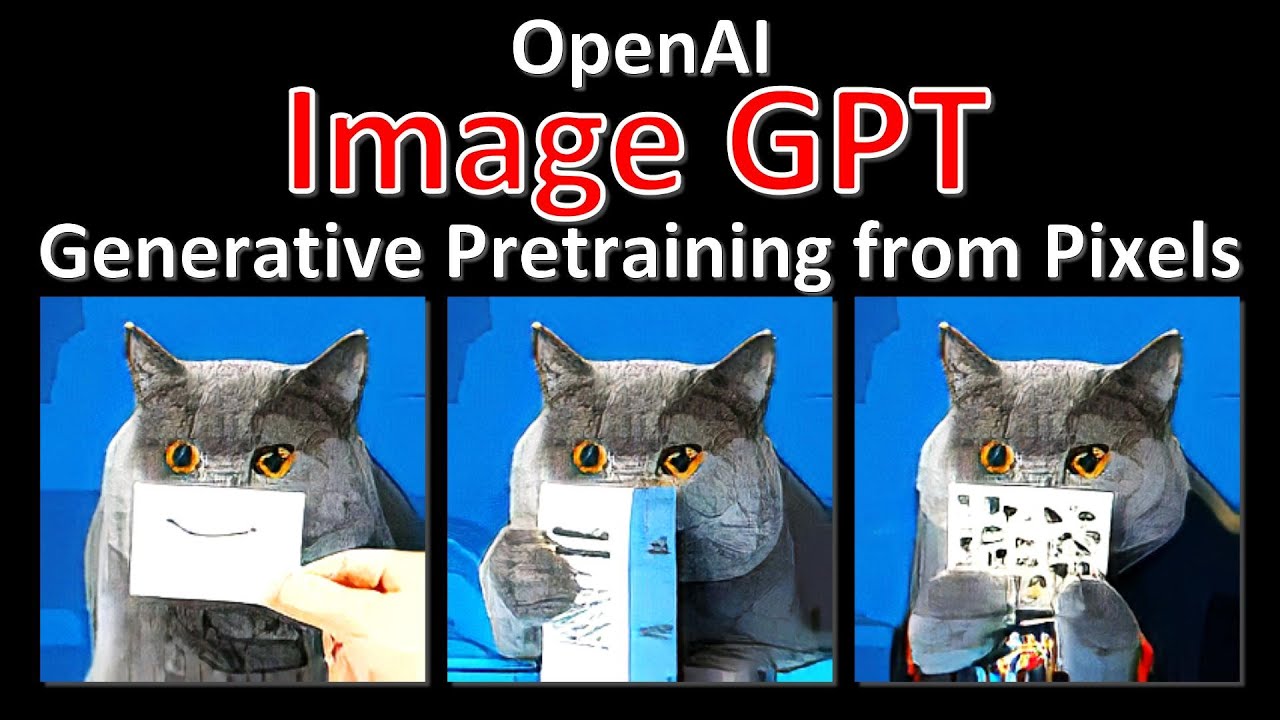Yannic Kilcher
BERT and GPT-2/3 have shown the enormous power of using generative models as pre-training for classification tasks. However, for images, pre-training is usually done with supervised or self-supervised objectives. This paper investigates how far you can get when applying the principles from the world of NLP to the world of images.
OUTLINE:
0:00 – Intro & Overview
2:50 – Generative Models for Pretraining
4:50 – Pretraining for Visual Tasks
7:40 – Model Architecture
15:15 – Linear Probe Experiments
24:15 – Fine-Tuning Experiments
30:25 – Conclusion & Comments
Paper:
https://cdn.openai.com/papers/Generative_Pretraining_from_Pixels_V2.pdf
Blog: https://openai.com/blog/image-gpt/
Code: https://github.com/openai/image-gpt
Abstract:
Inspired by progress in unsupervised representation learning for natural language, we examine whether similar models can learn useful representations for images. We train a sequence Transformer to auto-regressively predict pixels, without incorporating knowledge of the 2D input structure. Despite training on low-resolution ImageNet without labels, we find that a GPT-2 scale model learns strong image representations as measured by linear probing, fine-tuning, and low-data classification. On CIFAR-10, we achieve 96.3% accuracy with a linear probe, outperforming a supervised Wide ResNet, and 99.0% accuracy with full finetuning, matching the top supervised pre-trained models. An even larger model trained on a mixture of ImageNet and web images is competitive with self-supervised benchmarks on ImageNet, achieving 72.0% top-1 accuracy on a linear probe of our features.
Authors: Mark Chen, Alec Radford, Rewon Child, Jeff Wu, Heewoo Jun, Prafulla Dhariwal, David Luan, Ilya Sutskever
Links:
YouTube: https://www.youtube.com/c/yannickilcher
Twitter: https://twitter.com/ykilcher
Discord: https://discord.gg/4H8xxDF
BitChute: https://www.bitchute.com/channel/yannic-kilcher
Minds: https://www.minds.com/ykilcher
